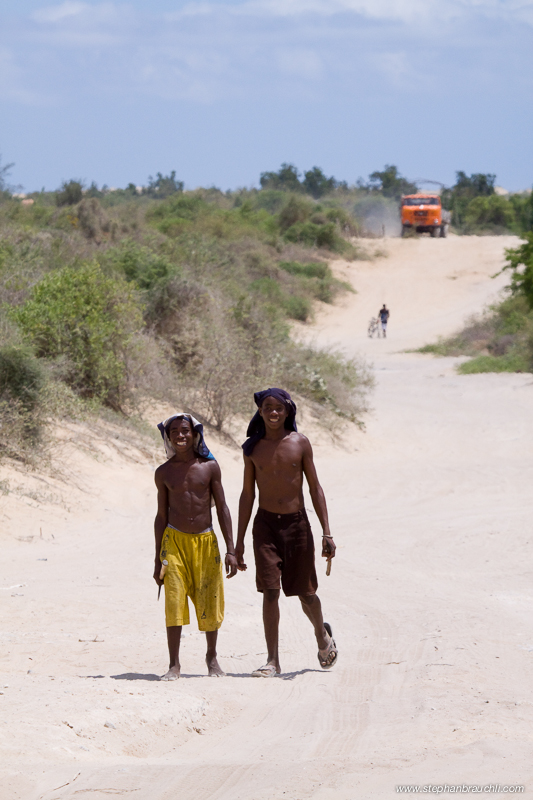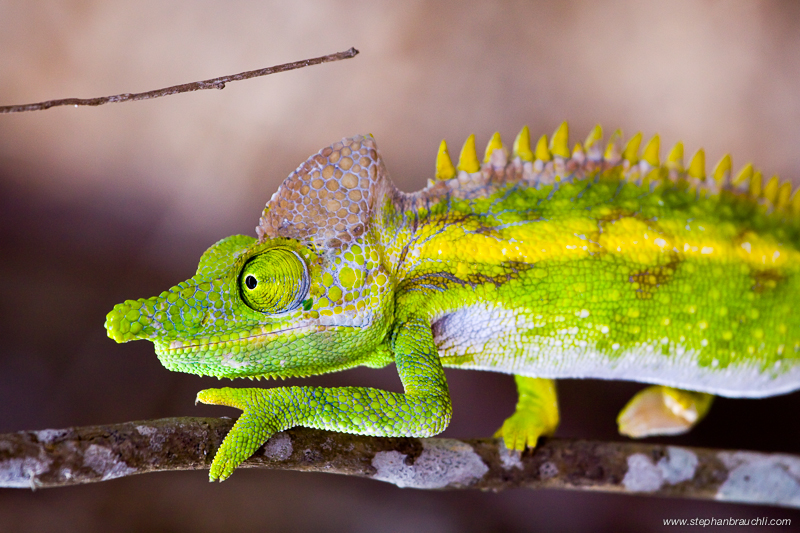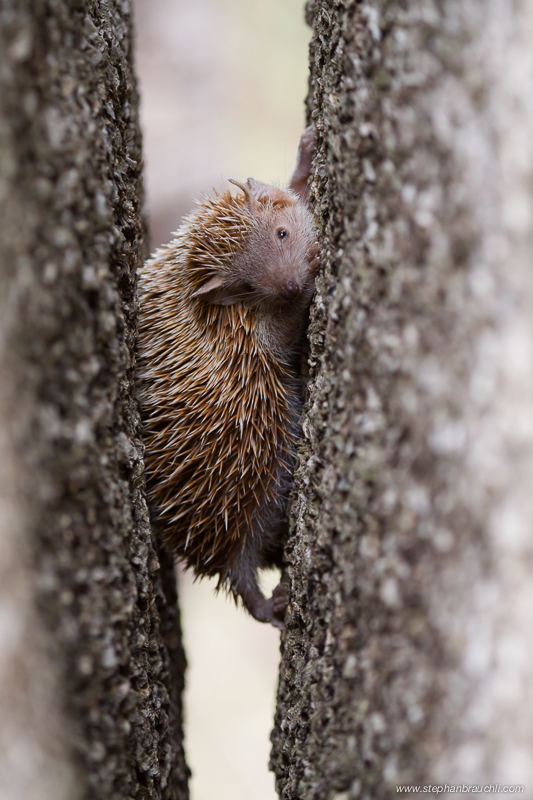Blog
Southern Madagascar Part I: Tulear and Ifaty
Madagascar – “the emerald island”. At least at one point it was a lush green emerald in the indian ocean. Today less than 10 percent of Madagascar’s forest remains. Despite abundant natural resources, Madagascar is one of the world’s poorest nations (corrupt politicians and foreign companies make all the money from the natural resources). The deforestation and “slash and burn” practice have turned much of the island into a wasteland. Though some of it is beautiful to look at, the barren red earth provides no habitat for the unique indigenous animals found only on this island and the ever growing population with their cattle do not give forests a chance to recover. Not even national parks are safe for animals which are frequently poached to be eaten or to sold (just like in Africa, the increase in affluent Chinese continues to affect wildlife negatively). Despite all of this, Madagascar is a great place to visit. Unfortunately, it is currently not a safe destination (shortly after our visit there was a coup d’état and it’s been very unstable ever since).
In December of 2008 a good friend of mine and I decided to visit southern Madagascar. We had nothing planned, except that we wanted to go from coast to coast (Tulear to Fort Dauphin) in 3.5 weeks. It was not clear how we were going to do that as renting a car in Madagascar is not easy or even advisable. We contemplated biking, but were put off by the terrible roads and the big trucks that would surely cover us in dust every time they passed. We also thought of buying an ox cart, but then we did not know how often we would have to feed and water the poor animal (our education unfortunately did not include how to take care of oxen). So after a day in Antananarivo we flew to Tulear where we were going to try to find a solution.
Tulear
We stayed at an old hotel in Tulear with beautiful gardens and spacious rooms. The hotel was almost empty and we wanted to experience Tulear so we walked to a restaurant which we had read about in our guide. We did not know it was not advisable to walk the streets at night. We did not have any problems as it was so dark no one saw us anyway. The food at the restaurant was surprisingly good and cheap. The influence of the French cuisine was apparent in the amazing dish with Zebu fillet I had ordered. The Madagascar beer was nothing to write home about, but it was cold and quenched our thirst. After dinner we decided to take a rickshaw back to the hotel. We were told later that this is only safe during the daytime and that we should always get a taxi at night. Since both of us are not exactly small, we decided to get individual rickshaws as pulling both our weights at once would not be healthy for the guy pulling us.

Rickshaw at night – not recommended
Once we left the dimly lit area of the restaurants, we came to an intersection and the rickshaw drivers who had been pulling us in single file split us up each choosing one side of the street. Suddenly, 12 men surrounded us and asked to see our passports. We did not oblige and they started to tell us that they were the local police and that it was the law to always have identification on us. We told them to follow us to the hotel where they were welcome to inspect our papers, but they became more and more restless. Philipp suddenly jumped off the rickshaw and started walking away with determination at a fast pace at which point I followed suit. Lucky for us the men only followed for a few meters and then let us go. The rickshaw drivers soon came running after us so as to take us to the hotel which we let them do while pointing out that we did not appreciate what they had done. After this experience we no longer walked at night and also stayed clear of rickshaws.
Ifaty – Spiny Forest
The next day we decided to visit the spiny forest in Ifaty. The hotel had arranged for a driver that we could potentially hire to take us across the country . The drive to Ifaty was quite beautiful and much of the road was a sand track.

The Road to Ifaty
Ifaty was pretty much deserted and the spiny forest was a great place to visit with some very interesting vegetation and inhabitants:

Chameleon – Furcifer Antimena

Madagascar Hedgehog – Tenrec

Madagascar Paradise-Flycatcher
The obligatory guide at the spiny forest was very mellow and a very nice guy, but had I not had a trained eye for finding wildlife, I would have missed a few of these amazing creatures. The long-nosed chameleon (Furcifer Antimena) was one of my discoveries and turned out to be a great subject to photograph.
The beach at Ifaty was nice but not as beautiful as some of the places we had seen on the drive there. We were instantly surrounded by women and children who were trying to sell us either trinkets (children) and good times (women). It seemed as though we were in Ifaty in the off-season as the whole place looked deserted.
Back at the hotel in Tulear we told the management that we were happy with the driver, but once we showed them the route we wanted to do and since we were on the brink of the monsoon season which could make things difficult on the east coast, they told us that the vehicle might not be well-suited for this trip. Soon after, we were introduced to Jean-Paul, a Frenchman who owned a modified Toyota Landcruiser with a 300 liter diesel tank that he used to drive in the Sahara on excursions. Interested in offering driver services to tourists in the future, Jean-Paul made us an offer we could not refuse. We later started calling him Jean-Paul Belmondo due to his driving skills (he was a very good driver but he liked to drive very fast). He had some errands to run before we could take off, so we decided to visit Anakao for a few days before we would hit the road with Jean-Paul.
We needed to go to the bank before leaving as we did not know when we would be able to get money again. This took 2 days as we had to leave our passports at the bank and return the next day. The 500 Euros we asked for turned out to be such a huge pile of Ariary, that we looked like bank robbers when we left the bank with cash bulging out of our pockets and camera backpacks. After our experience with the rickshaws at night we did not feel to safe exiting into a huge ogling crowd.






Leave a Reply